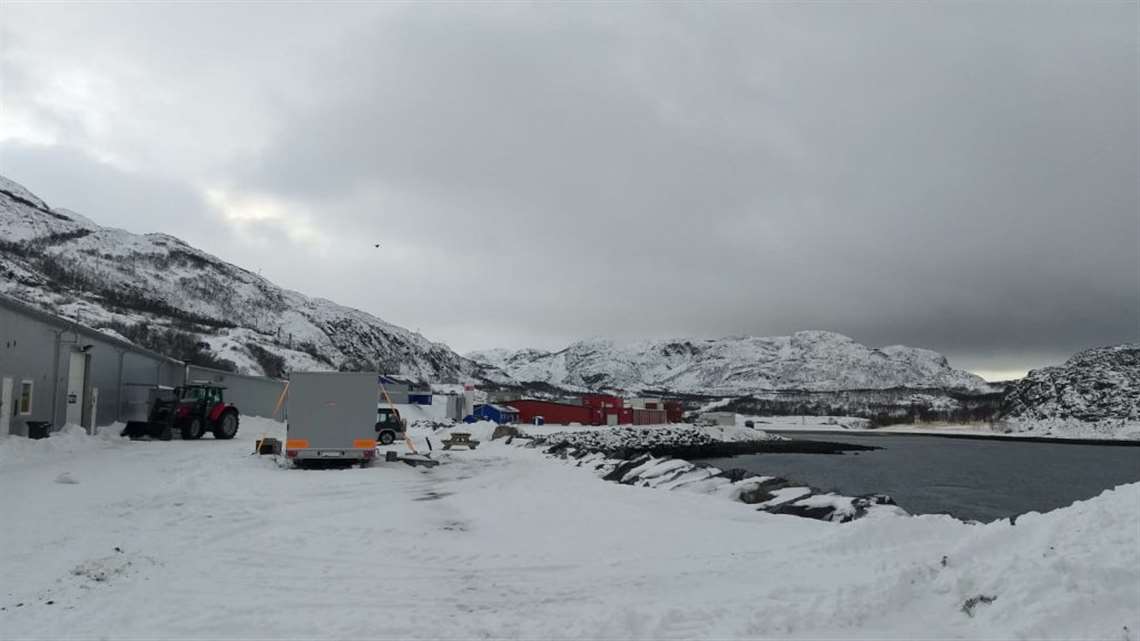Himoinsa Generator Sets Providing 13 MW in Arctic
04 May 2020

Himoinsa supplied nine generator sets able to provide up to 13 MW to a leading salmon farm in the Arctic Circle.
The HTW-1530 T5, HPW-800 T5, HTW-920 T5, and HTW-2295 T5 generator sets have been installed in two different sites to supply standby and prime power to drive the oxygen and circulation tanks of the salmon fattening platforms in Laksefjord bay, northeast of Kunes, Norway. The generator sets supply 920-2295 kVA prime power, but are able to provide up to 13 MW of standby power. They have an engine pre-heating system (temperature controlled for extended life of gaskets and hoses) and an anti-condensation system to combat the extremely cold temperatures of the Arctic, and have been placed in special rooms, insulated from the bad weather to protect all the electrical and mechanical parts of the generators, the company said. The system recirculates hot air from the radiator in to the room during operation to maintain 20°C in the room, even during winter time. This also reduces the amount of humid air being pulled in through the inlet vents.
Installation A: 2x2xHTW-1530 with Woodward Easygen controllers. And also one HPW-800 with an old control system in the power station. The controllers are network connected, and the whole emergency power system is now remotely monitored and tested by Akselsen Engineering every month via network gateways.
Installation B: 3xHTW-2295, and one HTW-920. This setup is a bit more complex, with Woodward Easygen controllers on the gensets, and Woodward LS-5 tie breaker controllers on multiple places in the system. The system design was a compromise to be able to integrate the new emergency power system to the old buildings, the company said.
Akselsen Engineering, a Himoinsa distributor, has been a key player in this project. It´s Managing Director Andreas Frivag ensures that the close and consolidated relationship between Himoinsa and Akselsen Engineering “position us as a quality brand with excellent After Sales service in Norway.”
The area where the fish farm is located experiences humidity of 80%, winter temperatures of around -20°C and frequent snowfall, and is one of the harshest environments of extreme cold on the planet.
The land-based fattening platforms to which power is supplied are used to fatten up salmon to about 500 g. These platforms are located in a remote region where a constant supply of oxygen and water circulation in the fattening cubes is required, to ensure the salmon survive this phase of the breeding process. Thanks to the RAS water recycling system, the breeding system requires less water and has become a more sustainable process.
STAY CONNECTED




Receive the information you need when you need it through our world-leading magazines, newsletters and daily briefings.
POWER SOURCING GUIDE
The trusted reference and buyer’s guide for 83 years
The original “desktop search engine,” guiding nearly 10,000 users in more than 90 countries it is the primary reference for specifications and details on all the components that go into engine systems.
Visit Now
CONNECT WITH THE TEAM









